
All categories
Featured selections
Trade Assurance
Buyer Central
Help Center
Get the app
Become a supplier

(1167 products available)





























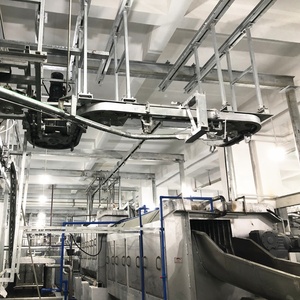
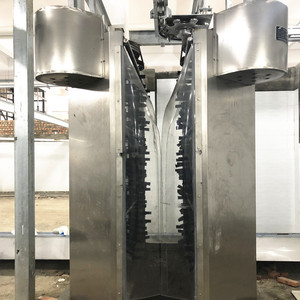















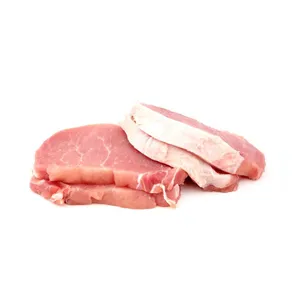

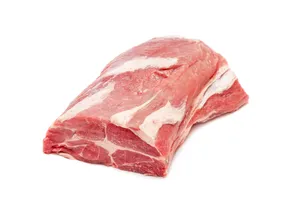
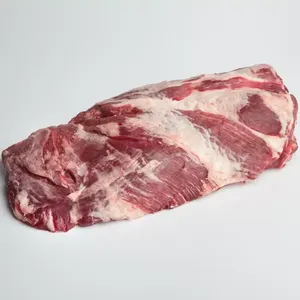
The pig snout is a popular delicacy in many countries. It is especially popular in South Korea, where it is known as dwaejigogigye. The South Koreans consider it a delicacy and a part of the traditional food. The pig snout is prepared in many ways, such as roasted, barbecued, or even marinated. The German and Dutch cuisines also use pig snouts extensively.
In Germany, it is called Schweinskopfsulze, a dish made from the head of a pig, among other things. The culinary world is not the only place where pig snouts are found. They are also used in the pet industry as a chew toy for dogs.
The pig snout is a dish that is gaining popularity daily. It is mostly found in places where pork is a staple meat. The pig snout is a cultural dish that signifies abundance and good luck. It is often eaten during festivals and special occasions.
There are several types of pig snouts available. They include the following:
In culinary circles, the pig snout is gaining notoriety as a novelty item. It is a delicacy sought after for its unique flavor and texture. Its applications are many and varied, ranging from traditional dishes to contemporary gastronomic experiments.
In regions where traditional cuisine thrives, pig snouts are used to prepare classic recipes that evoke nostalgia and comfort. For instance, in Southern cooking, the pig snout is slow-cooked with spices and vinegar, resulting in a tender, smoky dish that is served with sides like collard greens and cornbread.
Furthermore, pig snouts are popular in Asian cuisine, where they can be found in specialty noodle soups or braised dishes. The intricate flavors and gelatinous texture of the snout add depth to dishes like Chinese five-spice braised pig snout.
Food artisans and charcuterie experts appreciate pig snouts for their ability to create unique products. Pig snouts are made into terrines, pâtés, and even crispy fried snacks by craftsmen who utilize them in their creations. The creative potential of pig snouts enables chefs to provide one-of-a-kind culinary experiences that tell a story via their components.
On the other hand, the pig snout has also found its way into contemporary fusion cuisine, where it is used to create innovative dishes that combine various culinary traditions. For example, pig snout tacos with pineapple salsa and chipotle sauce blend Mexican and Southern flavors in a delicious way. Similarly, pig snout pizza with pickled jalapeños and barbecue sauce showcases the versatility of this ingredient in unexpected applications.
Beyond its culinary uses, the pig snout serves as a reminder of the nose-to-tail eating philosophy, which emphasizes using every part of the animal. By utilizing pig snouts in cooking, chefs and home cooks alike reduce waste and honor the ingredients they work with. This approach fosters a deeper connection to food and encourages sustainable practices in the kitchen.
When choosing a pig snout for a pet, there are several factors to consider to ensure the comfort and satisfaction of the pet.
Material
The material of the pig snout toy is very important. Durable materials like rubber or silicone are perfect for tough chewers. They can handle the pressure without breaking apart, which would otherwise pose a choking hazard. For softer chewers, plush or fabric pig snouts can be more suitable. Always ensure the material is safe and non-toxic.
Size
Size matters a lot when it comes to pig snout toys. Bigger breeds need bigger toys to avoid accidental swallowing, while small breeds should have appropriately sized toys. Most manufacturers indicate the size recommendations on the toy packaging.
Durability
Durability and how long it lasts are key factors to consider when purchasing a toy. Tougher materials, as mentioned earlier, are more suitable for aggressive chewers. They not only last longer but also save the pet owner money in the long run.
Interactive features
If the goal is to make playtime more enjoyable and stimulating, then pig snouts with interactive features are a great choice. Some toys can be used for fetch games, while others have features like treat-dispensing capabilities that can keep the pet engaged for longer.
Cleaning
Cleaning the toys is also an important thing to consider. Toys made from machine-washable materials are more convenient to clean and maintain hygiene. Regular cleaning is necessary to prevent the pig snout from harboring bacteria.
Purpose
Above all, consider the main purpose of getting the pig snout. Whether it's for chewing, fetching, or as a cuddle companion, ensuring the toy meets this purpose is key to the pet's satisfaction.
Features:
Durability:
Most pig snouts are made from pig skin, which is tough and highly durable. The toughness of the material ensures that the pig snout will last for a long time, even with rough use.
Adjustability:
Most pig snouts have adjustable straps that can be modified to fit the user's size. The adjustable straps ensure the snout stays in position and offers maximum comfort when wearing it.
Ventilation:
The design of the pig snout provides adequate ventilation, which prevents moisture buildup. Ventilation is crucial for comfort when wearing the snout for long periods.
Functions:
Costume accessory:
Pig snouts are popularly worn as part of a costume. They will make any costume more realistic and add a fun touch to parties and events.
Theatrical use:
Pig snouts are also used in plays and other performances. The props help actors portray characters more realistically.
Interactive use:
Pig snouts are also used in interactive activities, such as games. Participants wear the snouts, which adds to the activity's fun and immersive experience.
Design:
Realistic look:
Most pig snouts have a realistic appearance. They are designed to look like real pig snouts and are made from rubber or pig skin. Rubber and pig skin give the snouts a lifelike appearance.
Easy to wear:
Snouts are designed to be worn on the face. They have holes for the nostrils and straps that go around the head. The straps ensure the snout stays in position when wearing it.
Various sizes:
Pig snouts come in various sizes to suit different users. The different sizes allow people to choose a snout that offers a comfortable fit.
Q1. What are pig snouts made of?
A1. Pig snouts have a tough, cartilaginous material that makes them difficult to chew. They are considered offal because they come from pigs.
Q2. What is the use of a pig snout?
A2. Snouts from pigs are valuable commodities in the meat sector. They are utilized in various cuisines, primarily in regions where nose-to-tail eating is encouraged. Pig futures are a delicacy in several nations, particularly in Asia. They have a distinct flavor and texture that appeal to certain gourmets. Futures are often prepared by braising or slow cooking until they become soft. Aside from their culinary uses, pig snouts are essential in assessing the quality of pork meat. They provide information about the animal's health and the meat's quality.
Q3. What is a pig's snout?
A3. The nose or snout of a pig is a crucial part of the animal. It enables the pig to sense its surroundings more accurately. It aids in finding food and navigating various environments. The snout of a pig is also used to root in the earth. It is a tough muscle that helps the pig get food from the ground. Aside from its usefulness, the pig's snout is essential to its identity. It is one of the things that distinguish pigs from other animals. Without a pig's snout, it would be difficult for pigs to communicate with other animals of their kind.